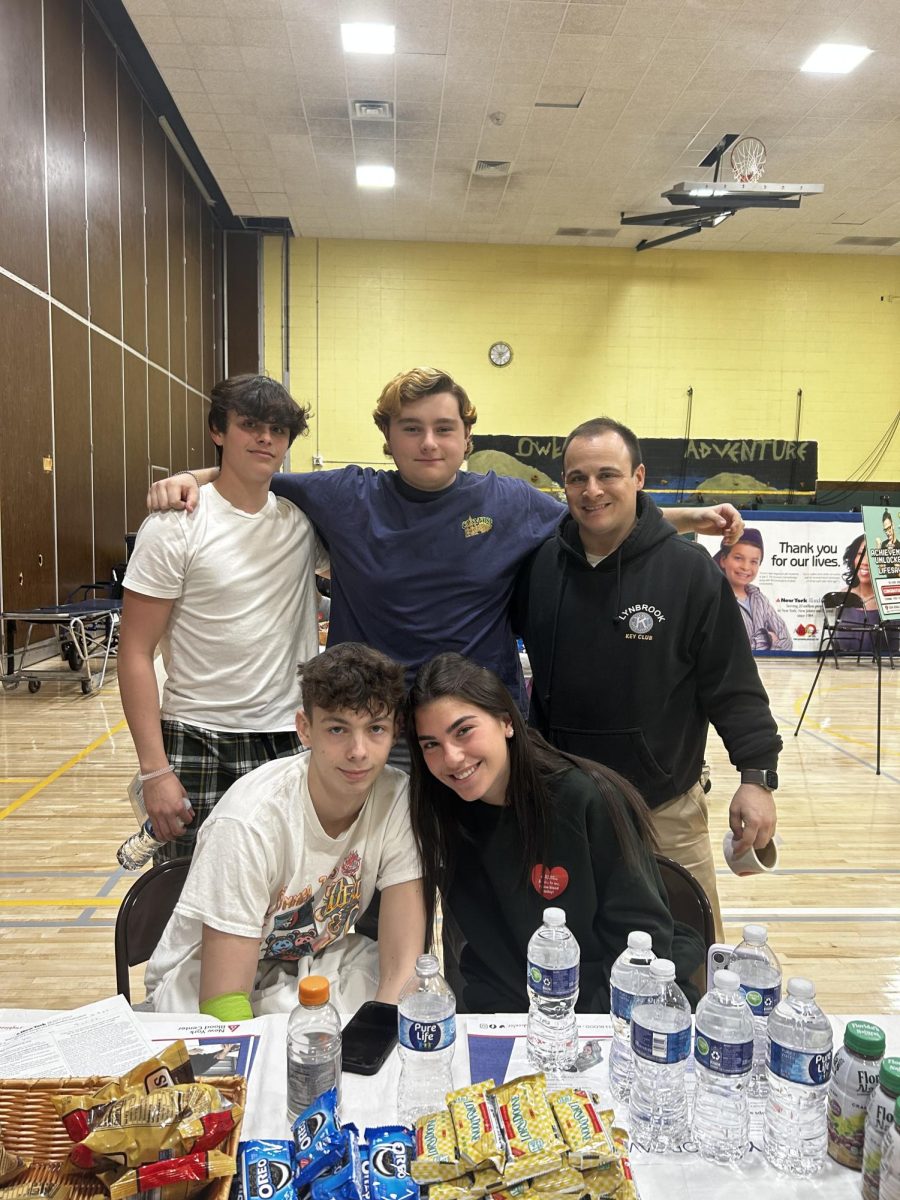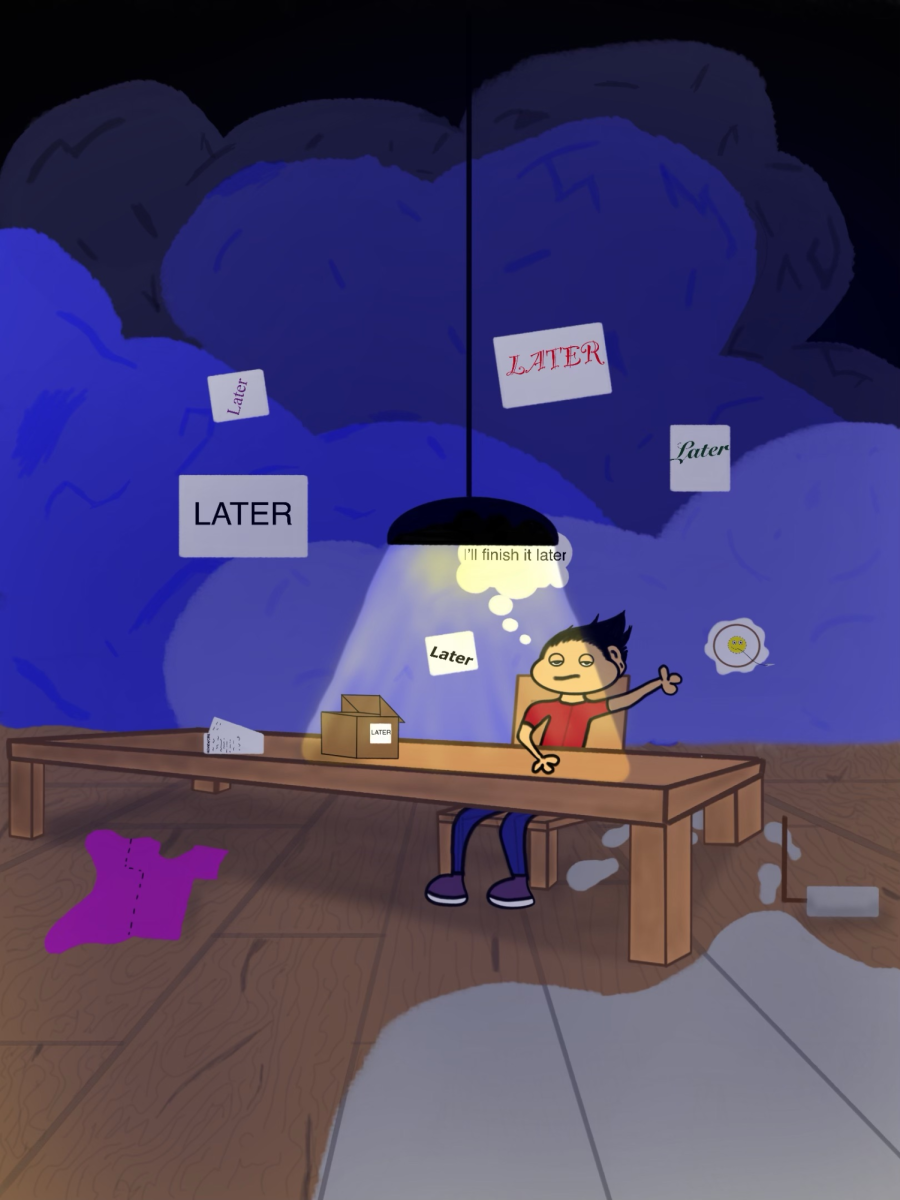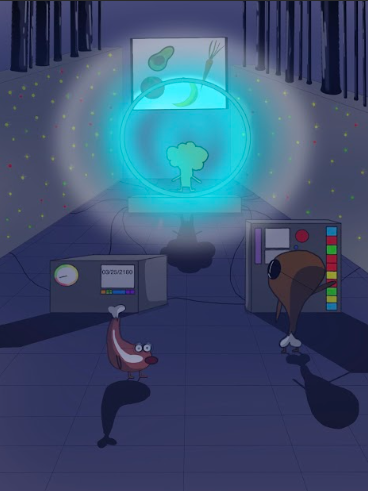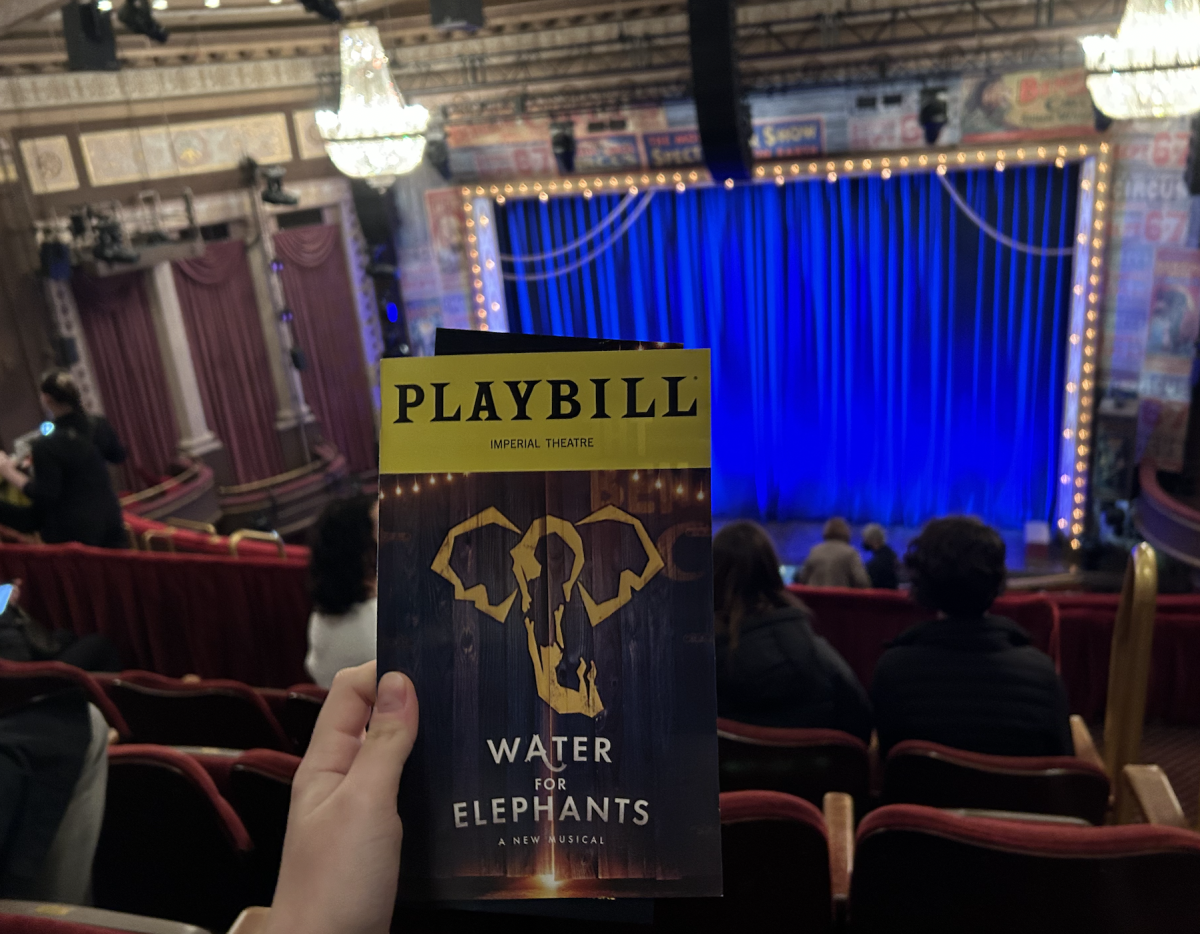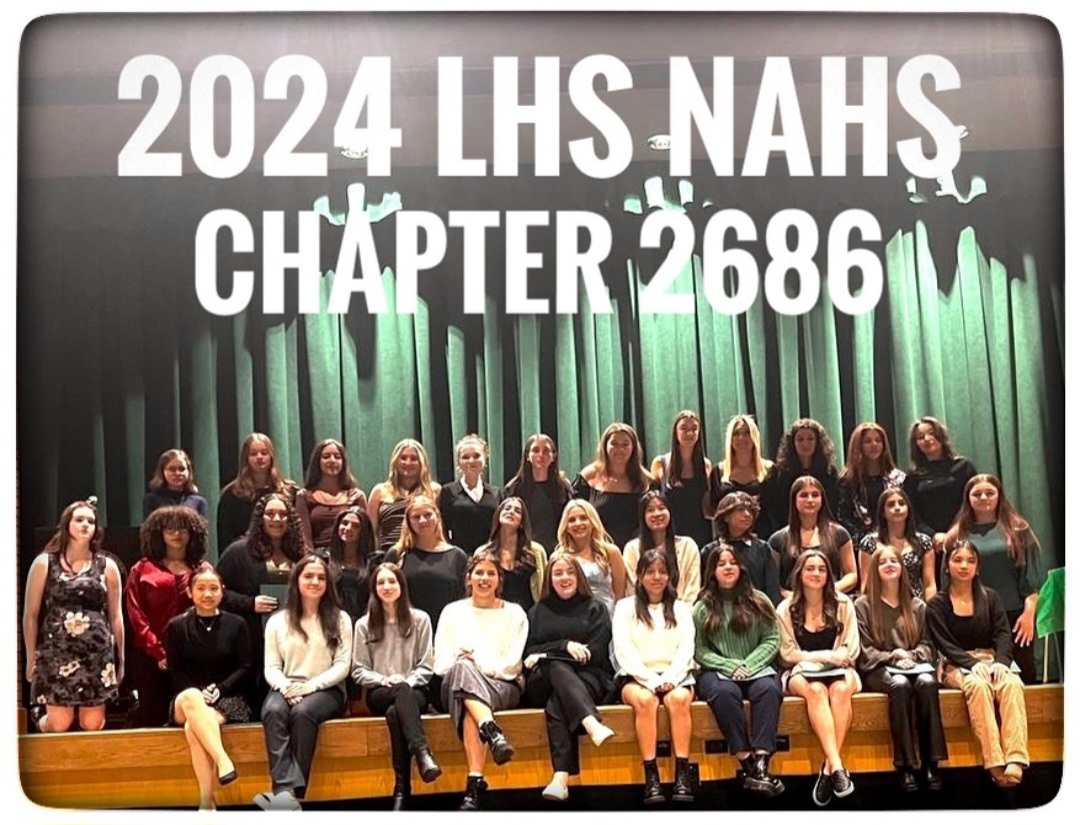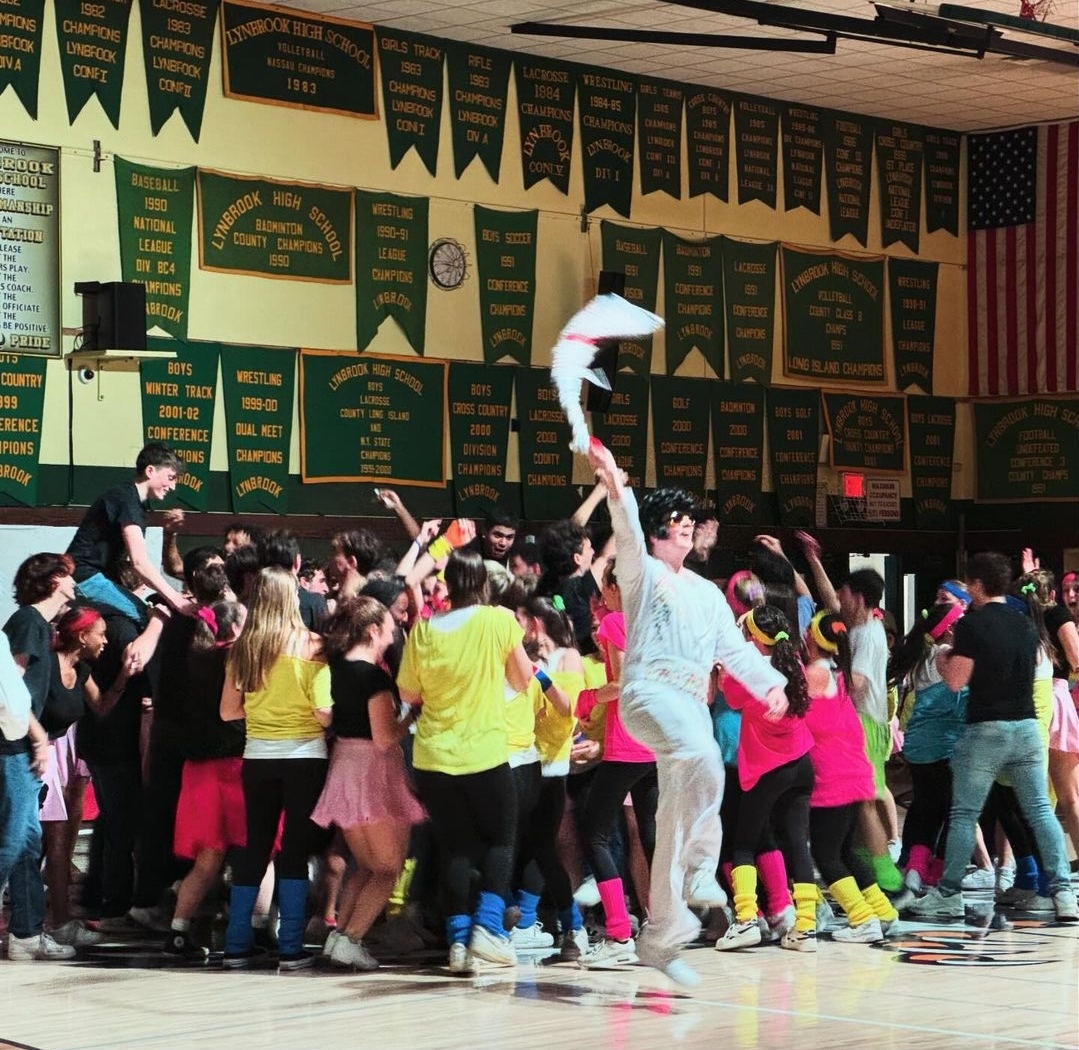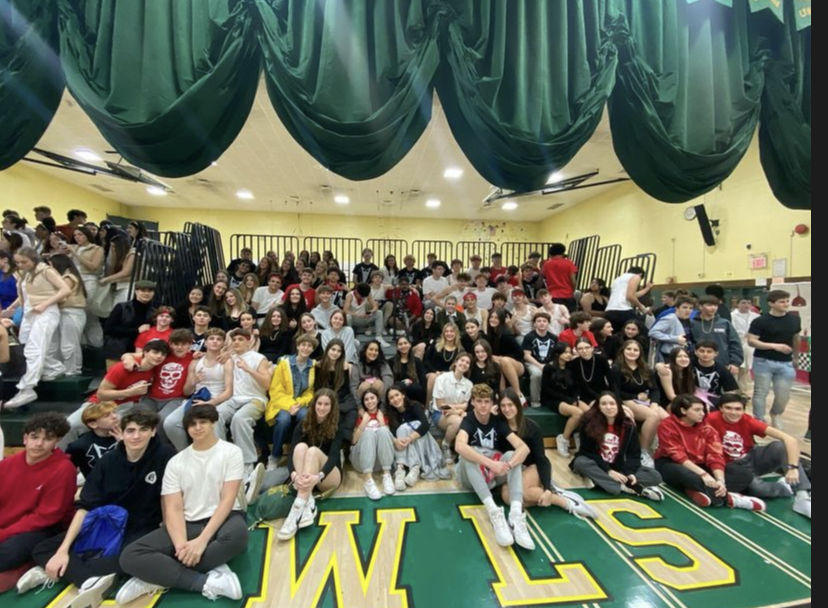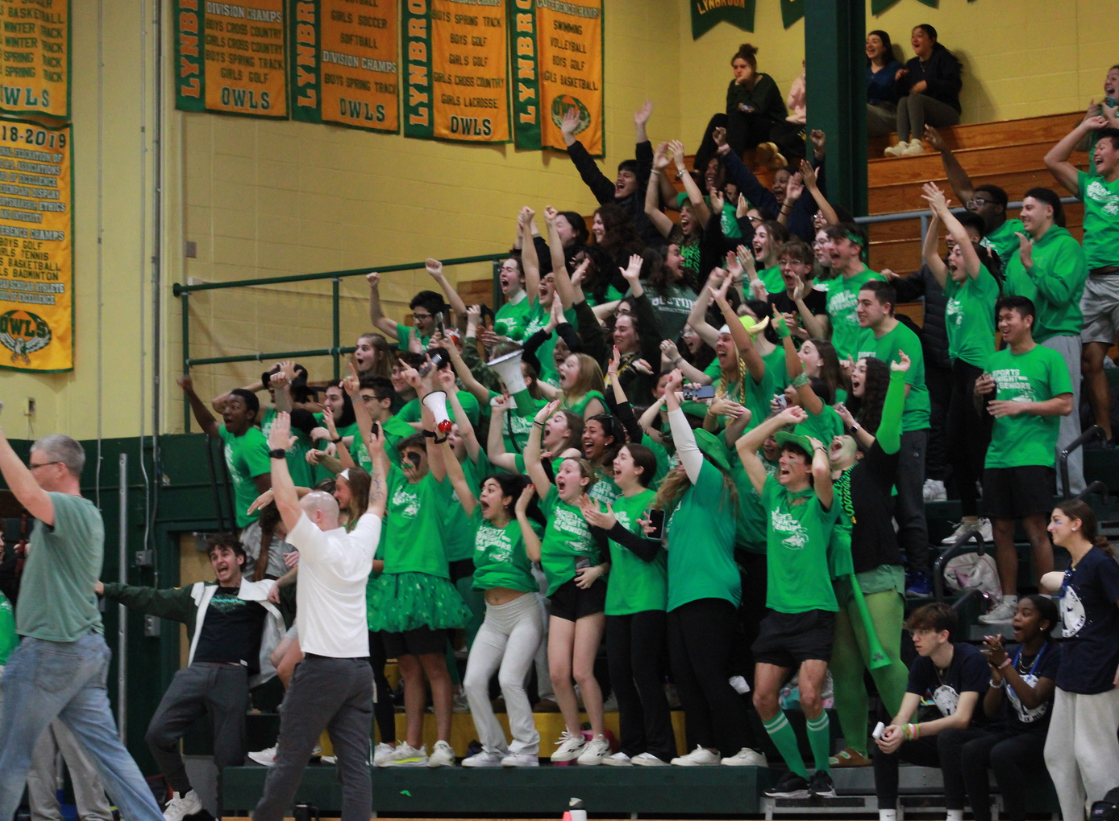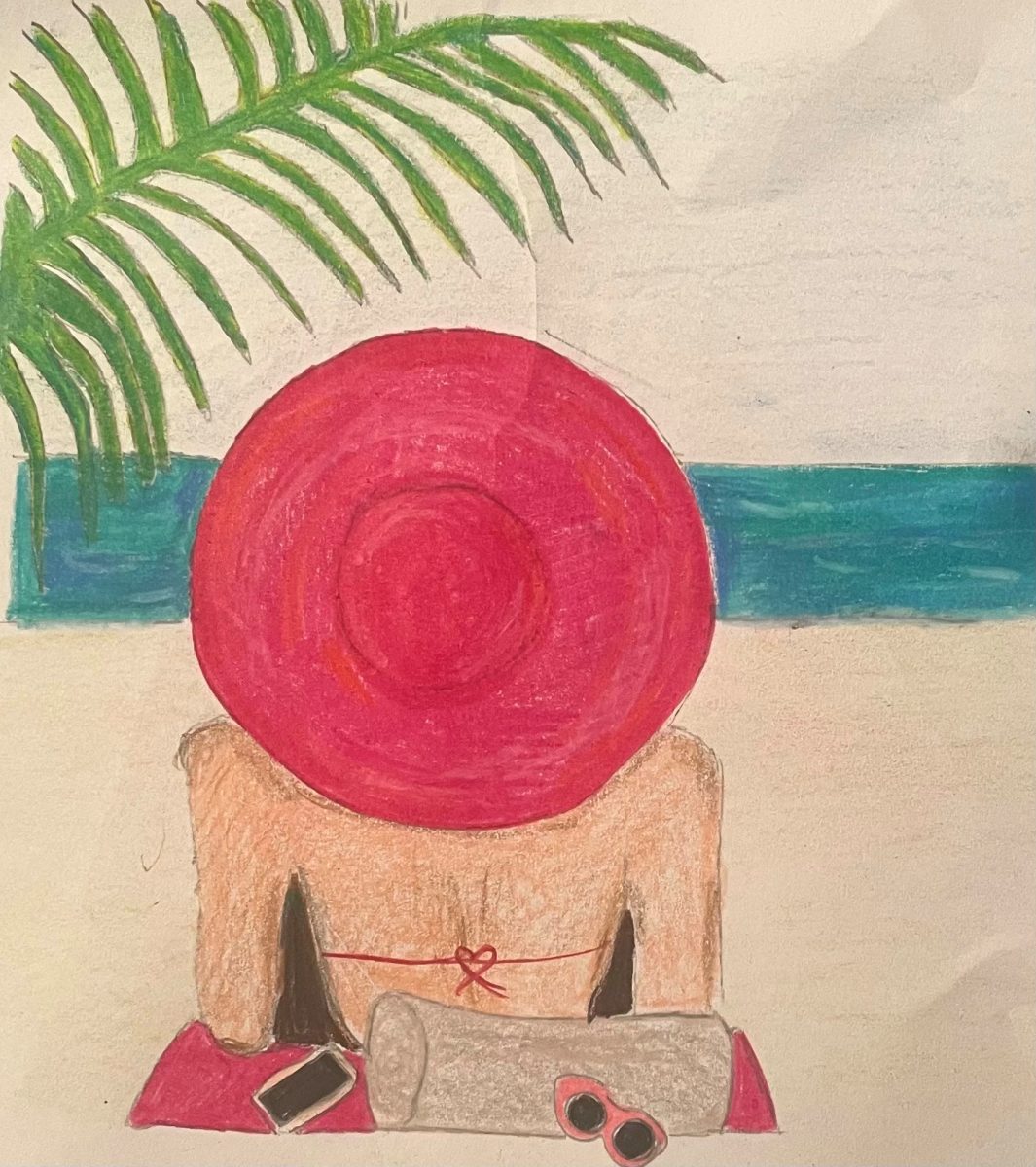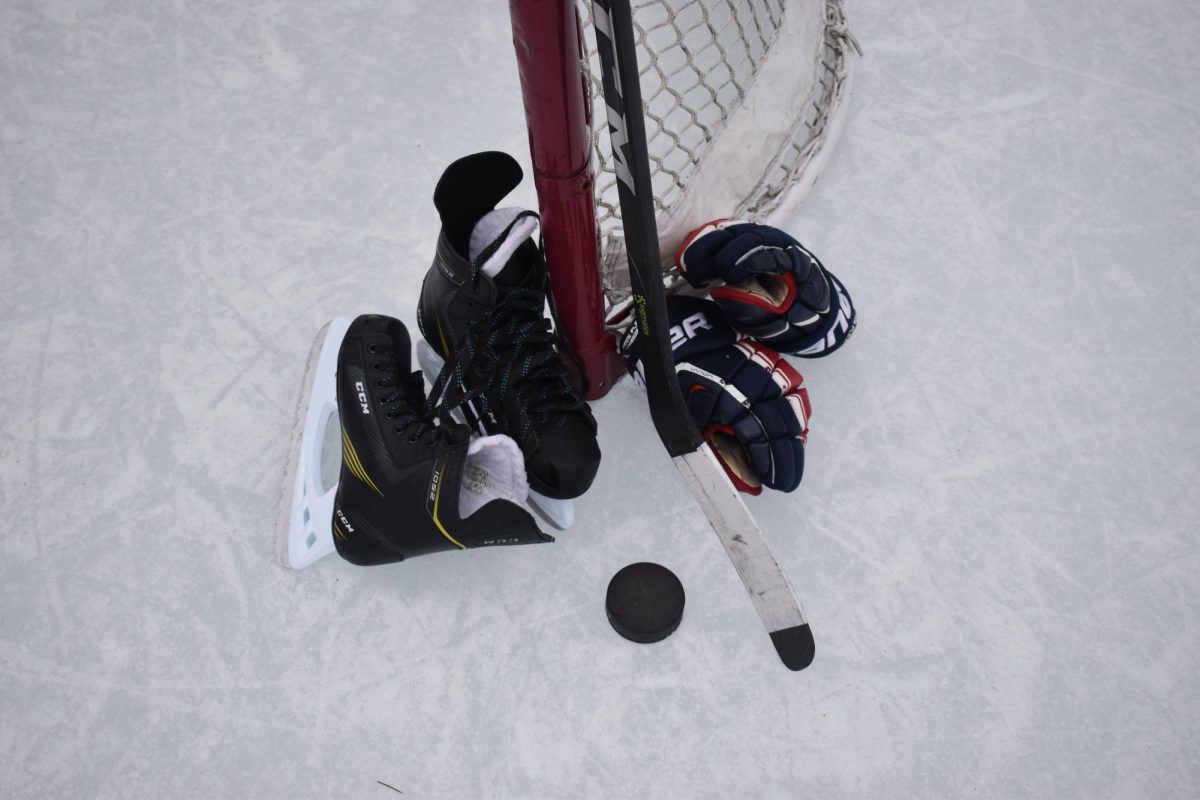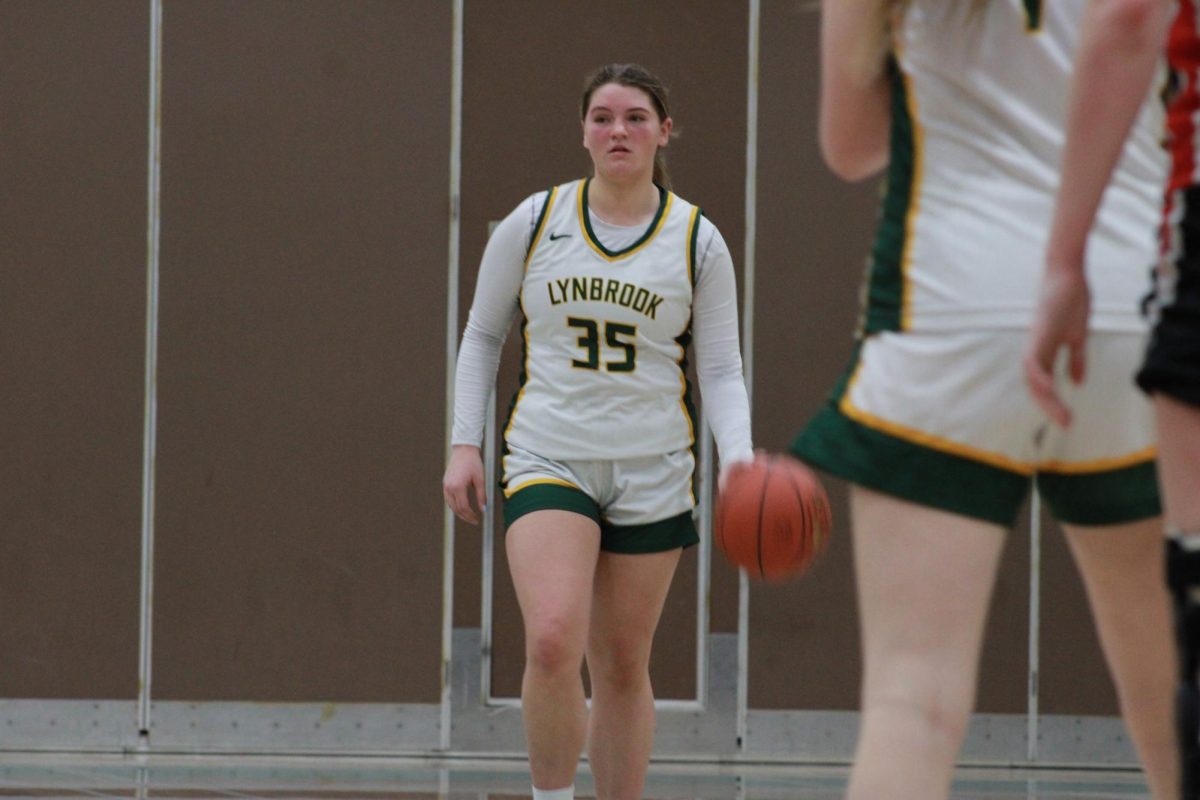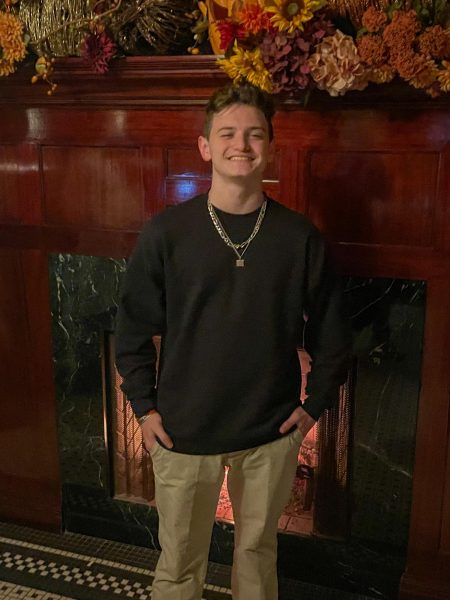Nottingham Panther and former National Hockey League (NHL) player Adam Johnson was killed while playing in a hockey game against the Sheffield Steelers at Utilita Arena in the United Kingdom on Saturday, Oct. 28. In a collision with a Steelers player in the second period, Johnson sustained a cut to the neck from the opposing player’s skate, leaving him critically injured when taken to the hospital. Although he was revived in the ambulance, he did not make it through surgery later that night. He was 29 years old.
Johnson had played 13 games throughout a two-year span with the Pittsburgh Penguins. The skater was honored by his former team prior to and during a Monday night game against the Anaheim Ducks. Fans at the game cheered while both teams gathered at the middle of the ice before the game in memory of Johnson.
His fiancée, Ryan Wolfe, took to Instagram to share her love for Johnson, posting on her story, “My sweet sweet angel. I’ll miss you forever and love you always.” According to the British Broadcasting Corporation (BBC), Johnson was planning to propose to Wolfe, having bought a ring but never getting the chance to ask her.
South Yorkshire Police are investigating the fatal collision, but it will take some time before a report is released. In addition to the investigation, the English Ice Hockey Association (EIHA) released a statement the following Monday regarding its commitment to improving player safety following the tragic accident.
In a CNN article entitled, “Police Investigating Death of US Ice Hockey Player Adam Johnson Who Eied in ‘Freak Accident’”(www.cnn.com), the EIHA stated that neck guards would become mandatory following December 31: “It is unacceptable for any player to lose their life while playing the sport. Our responsibility is not only to avert the recurrence of such a heart-breaking accident, but also to pre-emptively address the other foreseeable incidents in the future.”
While the EIHA mandates neck guards, another league continues without this type of protection: the NHL.
In the aftermath of the collision, NHL players have been seen wearing neck guards throughout practice, including five-time All-Star Erik Karlsson of the Pittsburgh Penguins. In an interview with Wes Crosby on the NHL’s website (NHL.com), the defenseman voiced his opinion: “I don’t think it’s a bad thing. [I] will probably try it out for a little bit and see if I can get accustomed to it and then go from there.”
The three-time Norris trophy winner sustained a similar injury when his achilles tendon was lacerated by a skate in a game against the Ottawa Senators on February 13, 2013, leading him, along with other players, to start wearing protective socks for their legs and feet. Karlsson can predict a similar trend with neck guards.
But why is this matter only being taken seriously now? Goalie neck guards were mandated in 1975 but were not permanent until former NHL goalie Clint Malarchuk suffered a strike to the neck. Neck guards for goalies make sense because of the rebound opportunity in front of the goal; players commonly station themselves in front of the goalie to wait for that chance.
This is not the first time a skater’s neck has been cut by a skate; Richard Zednik, also a former NHL player, was another skater who suffered this life-threatening injury but survived. It is surprising that neck guards have not been mandated for the skill positions yet.
The danger of a hockey neck injury is that it can happen to anyone; all it takes is a skate coming up to head level. Such an occurrence is possible from the pee-wee leagues for young skaters all the way up to the professional level, which is why more leagues should mandate neck guards to prevent the risk of these freak accidents.
Even though it is not mandated, players across the sport have taken initiative to protect themselves, with multiple brands of neck guards selling out. Players took a stand with protective socks to stop the achilles injuries from skates, and now, they are taking action with neck guards.
The biggest issue regarding some neck guards is that they are uncomfortable for players. However, the design is constantly being modified to benefit both safety and comfort.
In 2018, Washington Capitals winger T.J. Oshie founded Warroad, a hockey clothing collection that carries protective gear for on-ice action. The website (warroad.com) features special neck and wrist guards, claiming that the design was created and tested by the “best players in the world.” Ever since, Oshie has gone months wearing the fabric and “cannot play in a game without it.”
The future of hockey is in jeopardy if neck guards are not mandated. How much longer does the NHL have before another player suffers a fatal injury? The death of Adam Johnson should be a sign of what can happen, and with the increase in neck guard sales and overall awareness of the issue, it looks like people are starting to notice.
The protection of skaters in hockey is a controversial topic. There are still skaters today who do not wear any facial covering to protect their eyes, subjecting them to extremely detrimental injuries. Neck guards in the NHL would decrease the chance of any fatal accident like Johnson’s happening again soon, and a mandate of this type of protective equipment is a step in the right direction for the safety of people playing the sport they love.

